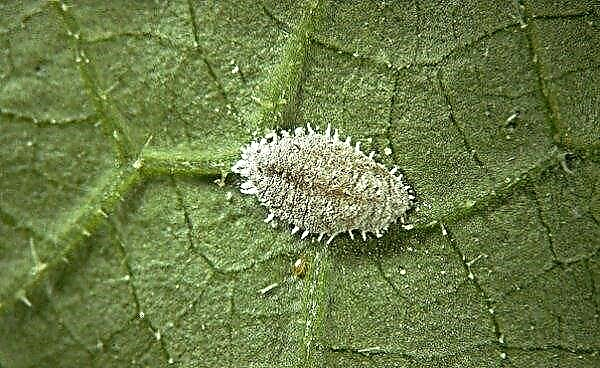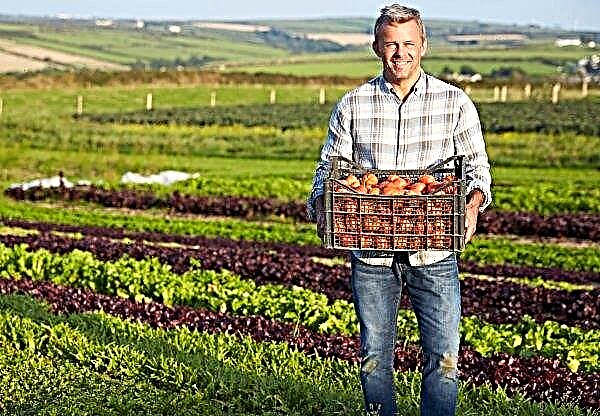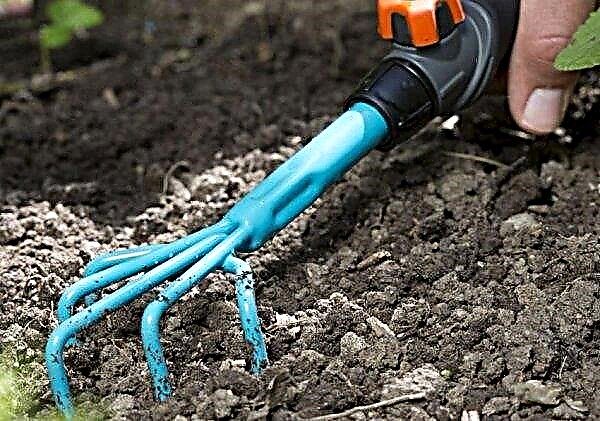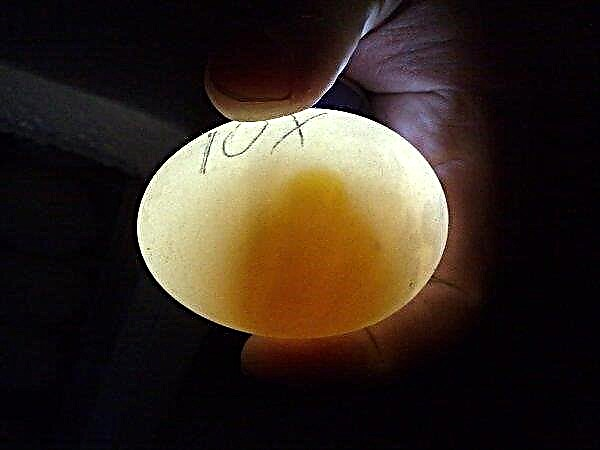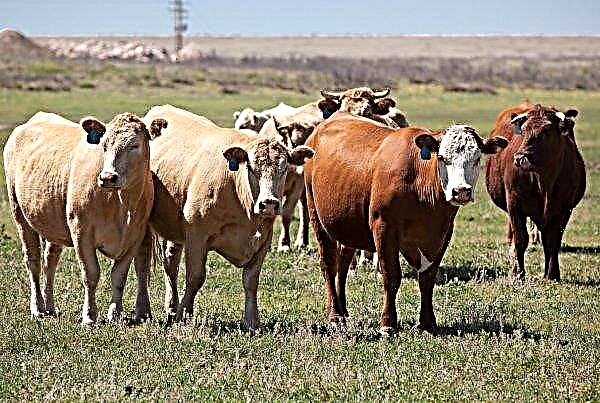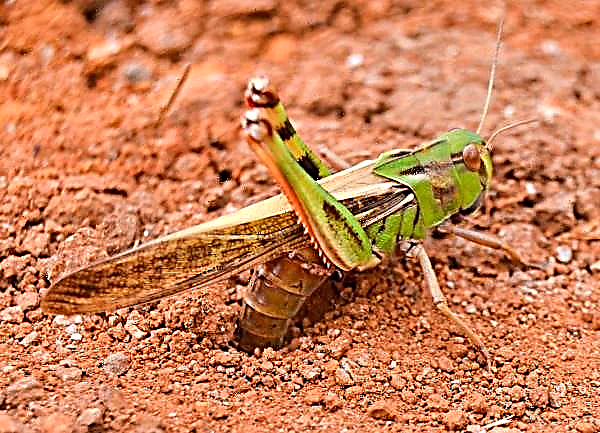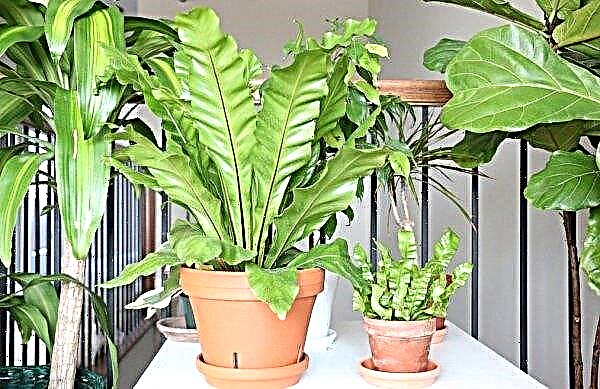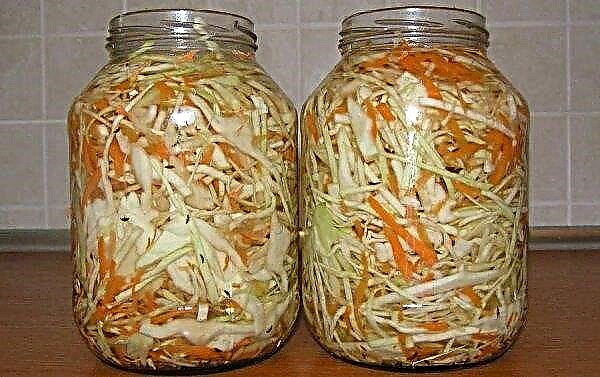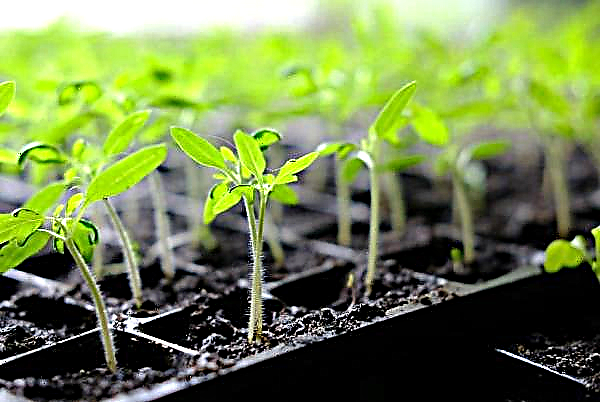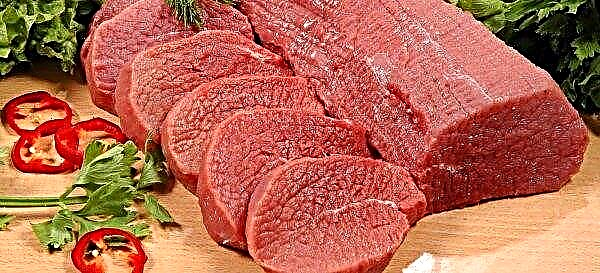Tomatoes are one of the most frequently grown crops on the planet. In the world there are about 10 thousand varieties. Among this variety, low-growing early varieties, which include the Mongolian dwarf, are especially popular.
Grade description
Adult plants of the Mongolian dwarf variety differ significantly in appearance from the usual bushes. They are very low and spread along the ground, expanding in width to 1 meter.
Did you know? The largest tomato listed in the Guinness Book of Records was grown in Minnesota, America, and it weighed 3.7 kg.
The main characteristics of these tomatoes:
- undersized bushes - up to 20 cm;
- many side shoots that do not remove;
- high-yielding - up to 10 kg of crop leaves from one bush;
- super-early - bears fruit from the end of June;
- does not require a garter - spreads on the ground;
- fruits are bright red, round, weighing up to 200 g;
- the tomatoes taste juicy and sweet;
- resistant to late blight.

Advantages and disadvantages
- The advantages of the variety are as follows:
- does not require garter and stepsoning;
- does not suffer from late blight;
- early ripening of fruits;
- resistant to weather changes;
- does not break in the wind;
- not afraid of drought.
- The disadvantages include:
- the need to mulch the soil, since the fruits lie on the ground;
- takes up a lot of space, growing up to 1 m wide.
Self-growing seedlings
The requirements for growing seedlings of this variety are the same as for any other tomatoes. Seedlings differ in their size - it is low but strong.
Sowing dates
To get the crop at the end of June, the seeds are laid in the soil in mid-February. Then in May the plants will bloom, and you will get an early harvest. Seedlings of this variety can be planted in open ground earlier than other tomatoes. And if the temperature suddenly drops, it can be easily covered using, for example, flower pots or ordinary cans.
The soil
Despite the fact that adult tomatoes love fertile soil, it is better to buy a ready-made mixture for seedlings, which is lighter than taken from the garden. A specially designed composition contains everything that is necessary for young plants. You can stock up on land from the garden, peat and sand, and mix all this in a ratio of 2: 1: 1. Purchased soil can be used immediately, but from the garden it is better to pre-process with boiling water and dry. This will kill pest larvae and bacteria.
Capacity for growing
You can sow seedlings in purchased containers, in any plastic container: disposable glasses, cut-off bottles, yogurt cups. At the bottom, holes are made for the outflow of water. Many gardeners prefer to sow in peat tablets. In this case, the plants are planted in the ground directly with a tablet and do not spend time diving.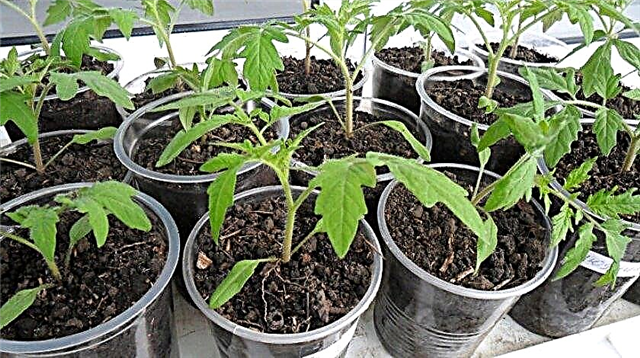 Also for the "Mongolian dwarf" suitable sowing directly on the site in the ground. A greenhouse is not needed for this. A square or rectangular frame is made from unnecessary boards. They put it in the chosen and prepared place and fix it well - deepen it and pour the earth shaft from the outside. The earth is poured with boiling water, allowed to cool for a while and the seeds are laid.
Also for the "Mongolian dwarf" suitable sowing directly on the site in the ground. A greenhouse is not needed for this. A square or rectangular frame is made from unnecessary boards. They put it in the chosen and prepared place and fix it well - deepen it and pour the earth shaft from the outside. The earth is poured with boiling water, allowed to cool for a while and the seeds are laid.
The structure is covered with glass from above and insulated with warm old clothes at night. In this primitive greenhouse, crops are not threatened by spring frosts. After emergence and in warm weather, the shelter is removed for a day, leaving only glass. But after sunset, you must definitely wrap it up.
Did you know? We are used to referring the tomato to vegetables, but from the point of view of botany it is correct to call it a berry, since it has fleshy pulp with seeds and a thin peel.
Seed preparation
To properly prepare the seeds, you need to:
- discard empty ones by dropping them in saline;
- soak the seeds in a weak solution of potassium permanganate for 30 minutes;
- rinse in clean water
- hold in a growth stimulator;
- to dry.
Now they are ready to be laid in the ground.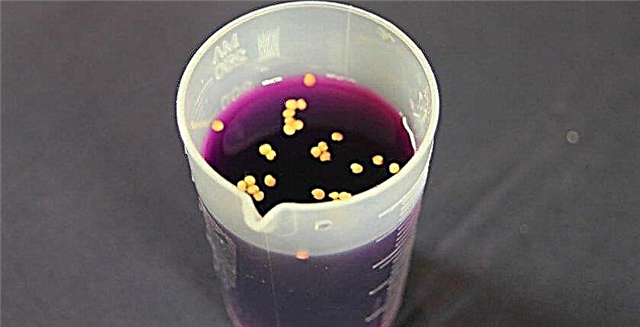
Sowing seeds
Finished seeds are sown in soil at a distance of 2 cm from each other. Do this with a special manual seeder or toothpick, moistening it in water. Between the rows the distance is up to 4 cm. Sprinkle seeds on top with loose earth up to 2 cm and moisten the soil from the sprayer. After that, create a mini-greenhouse - cover with glass or film so that moisture does not evaporate.
Seedling Care
For seed germination, you need a temperature not lower than +23 ° C. Therefore, you must ensure that the temperature in the room does not drop. After the emergence of the sprouts, the tanks open and monitor the soil moisture. The ingress of water on the leaves is unacceptable, it is necessary to water only under the root. It is convenient to do this with a syringe. When two true leaves appear, seedlings are dived into larger containers.
Young tomatoes need enough light, but direct sunlight is fatal to them. It is advisable to put containers on the windowsill, where the sun will shine early in the morning or after lunch. You can make partial shade by covering the blinds, as well as using newspapers and pieces of wallpaper. After sunset, the seedlings are illuminated. A fluorescent lamp is suitable for this. Picked plants should be watered as the topsoil dries. Excess moisture can cause the "black leg" disease, and the plants will die. You can feed seedlings only 2 weeks after diving with special fertilizers for seedlings. Top dressing is carried out no more than three until the moment of landing.
Picked plants should be watered as the topsoil dries. Excess moisture can cause the "black leg" disease, and the plants will die. You can feed seedlings only 2 weeks after diving with special fertilizers for seedlings. Top dressing is carried out no more than three until the moment of landing.
Seedling hardening
Hardening procedures can be carried out with the appearance of the first sheet. The containers are placed on the veranda or balcony at +15 ° C and left for 30 minutes. After 5 days, the temperature can be reduced to +10 ° C. However, it is less troublesome to do this before planting in the ground - for 14 days. In the evenings, plants are exposed on the balcony or on the street and kept there for 1-2 hours. A week later, they carry it out in the morning, leaving it for the whole day, but not in the sun. They gradually join the sun - starting from 30 minutes in partial shade, increasing the duration of sunbathing every day.
Important! In the United States, a study was conducted and found that men who eat at least 4 tomato-based meals a week are less than half the risk of developing prostate cancer.
Planting seedlings in a permanent place
This variety must be planted as early as possible if you want to get an early harvest. Save it from frost is not a problem, just stick sticks next to the bushes and throw any unnecessary things or burlap. Since the bushes grow up to 1 meter wide, this feature must be taken into account when planting and leave a distance between the bushes of at least 80 cm. Seedlings are planted at the age of 50-60 days, in early May. If in most varieties of seedlings by this time 20 cm high, then in the Mongolian dwarf it is no more than 15 cm. You can plant it either in even rows, 80 cm between them, or in a checkerboard pattern.
Seedlings are planted at the age of 50-60 days, in early May. If in most varieties of seedlings by this time 20 cm high, then in the Mongolian dwarf it is no more than 15 cm. You can plant it either in even rows, 80 cm between them, or in a checkerboard pattern.
Outdoor Care
Care for tomatoes of this variety is somewhat different from the usual in terms of watering, pinching and garter.
Watering
For the Mongolian dwarf, the absence of moisture is much better than its excess. It tolerates droughts well, therefore, in the absence of rain, it is enough to water twice a week, always under the root and water protected in the sun. Watering is carried out towards evening, when the sun is leaning towards the horizon. Under one bush, pour 1 liter of water.
Fertilizer application
The variety responds well to both organic and inorganic fertilizers.
Important! It is imperative to water before feeding, since if the soil is dry, the fertilizer simply will not get to the roots.
Now, most gardeners prefer natural remedies, such as:
- ash solution;
- mullein infusion;
- herbal infusions;
- yeast top dressing.
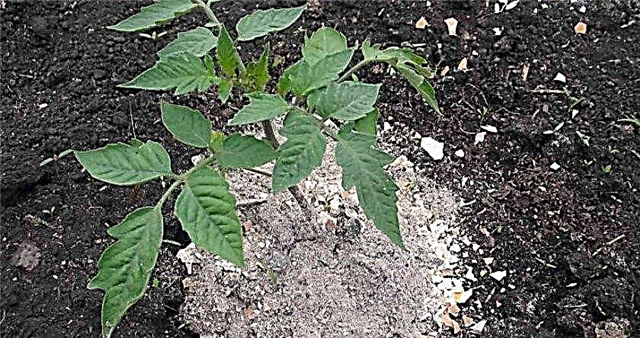
Stepson
Since the variety is very stunted, it does not need pinching. It is on the side shoots that the fruits are tied. Shoots grow long and literally lie on the ground.
Soil care
The Mongolian dwarf needs constant oxygen access to the roots, respectively, the soil must be loose. Weeding is carried out as necessary, avoiding overgrowing the beds. Loosen the ground under the bushes once a week. This type of cultivation is enough once a summer. When it begins to grow wide, it will be impossible to do so.
For this tomato, mulching is necessary, because it will not only retain moisture, but also eliminate the need to remove weeds, and also save the fruits that are on the ground from decay and attack of slugs.
Tying bushes
Due to its low growth, the variety does not need a garter. In creeping form, the fruits grow larger. The Mongolian dwarf variety is very unusual and deserves special attention. With proper care, he will please you with the first fruits in late June and will bear fruit until mid-autumn.
The Mongolian dwarf variety is very unusual and deserves special attention. With proper care, he will please you with the first fruits in late June and will bear fruit until mid-autumn.

